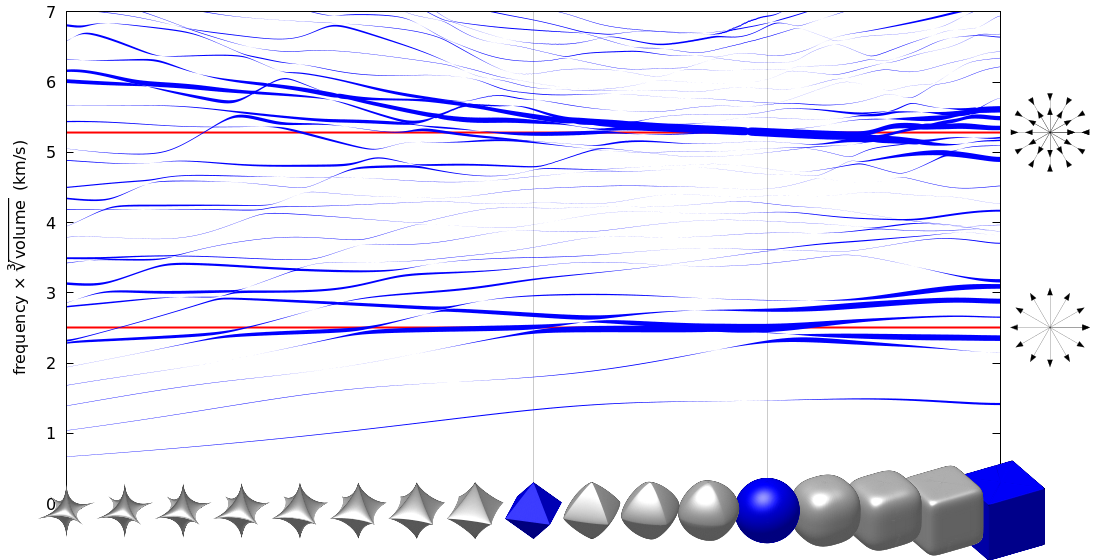
Nano-objects have "ensemble vibrations" which can be investigated using vibrational spectroscopies and, in particular, low-frequency Raman scattering. These vibrations differ from the optical vibrations, which are commonly investigated to determine the compounds and lattice structures of materials. They correspond to propagating acoustic waves of the bulk material which are confined in the volume of the nano-objects. Their frequencies in the GHz-THz range vary as the inverse of the size in the continuum elasticity approximation. They also depend on the shape, the material the nano-objects are made of and also their environment, which is promising for characterization purposes. Various experimental and modelization results regarding nanocrystals (nanospheres, nanorods, nanocubes), nanowires and nanoplatelets [1-5] will be presented. A special attention will be paid to the sensitivity of vibrational spectroscopies to the shape, crystallinity and environment of the nano-objects.

References
[1] C. Vernier, L. Saviot, Y. Fan, A. Courty, and H. Portalès, ACS Nano 17, 20462 (2023)
[2] M. M. Timm, L. Saviot, A. Crut, N. Blanchard, L. Roiban, K. Masenelli-Varlot, L. Joly-Pottuz, and J. Margueritat, J. Phys. Chem. C 126, 3606 (2022)
[3] L. Saviot, Nanomaterials 11, 1838 (2021)
[4] H. Portalès, N. Goubet, S. Casale, X. Z. Xu, M. Ariane, A. Mermet, J. Margueritat, and L. Saviot, ACS Nano 14, 4395 (2020)
[5] L. Saviot, Phys. Rev. B 97, 155420 (2018)
[6] A. Girard, L. Saviot, S. Pedetti, M. D. Tessier, J. Margueritat, H. Gehan, B. Mahler, B. Dubertret, and A. Mermet, Nanoscale 8, 13251 (2016)